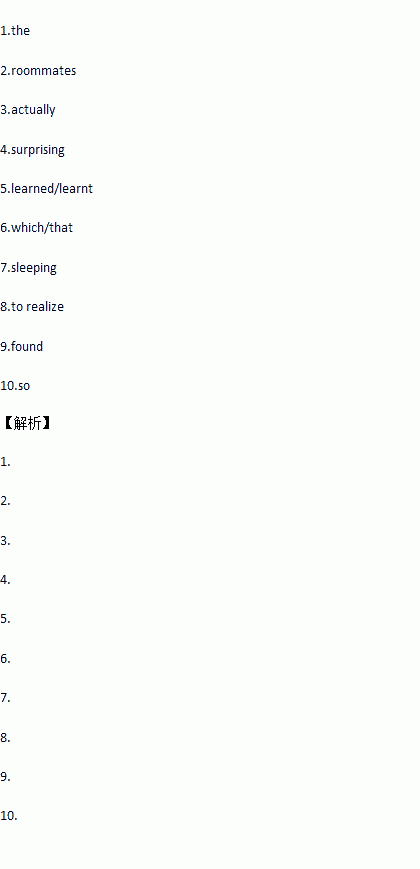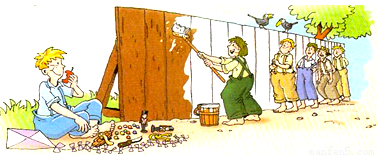题目内容
There’s no such thing as living alone. Never mind if you’re 1. only person in your house and have no dog, no cat, not even fish. You still have got several billion 2.(roommate) — and so do we all. Some of them are harmless, some are 3.(actual) helpful and some could even kill you. They are, of course, bacteria, fungi(菌类) and viruses, and like it or not, they’re on you, around you, and deeply inside you. The fact that bacteria life is everywhere is not 4.(surprise). It’s something you 5.(learn) from your childhood when your mother told you not to drink water from someone else’s glass. There are lots of bacteria 6. are living in your tea kettle. There are bacteria 7. (sleep) with you on your bed. Scientists are beginning 8. realize) the richness of the microbiome(微生物群系) — which is as complex as the ones 9. (find) in oceans, rainforests, deserts and woodlands. Your house has a microbiome and 10. do you.



 t always easy.
t always easy. , they often reach excellent academic results.
, they often reach excellent academic results.